Dubai gets all the headlines with its indoor ski slopes and gold-plated everything, yet something fascinating is happening just a few hundred kilometers down the coast. Travelers who’ve done the Dubai thing are discovering that Oman kept what Dubai sold—the smell of frankincense in actual markets, the taste of dates from trees older than anyone’s memory, the feeling of sand that hasn’t been imported from somewhere else. Below are fifteen compelling reasons why more people are choosing to explore Oman’s mountains and coastlines instead of another weekend in Dubai’s climate-controlled wonderland.
Authentic souks still smell like the past
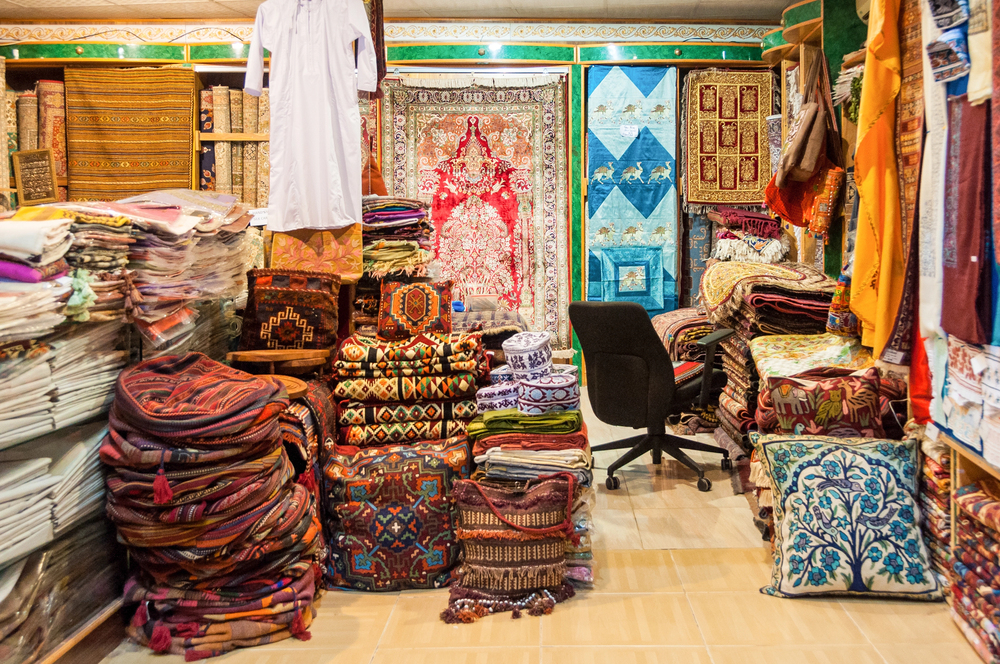
Muttrah Souk doesn’t just look old—it is old, with smoke-blackened beams that have absorbed centuries of frankincense. The merchants here inherited their stalls from their fathers, who inherited them from their fathers, and so on back through time. Not a single shop sells “I Heart Oman” t-shirts. Instead, you’ll find silver khanjars that someone might actually wear to a wedding, rose water in recycled Vimto bottles, and saffron that costs what saffron should cost.
Mountain villages where time stopped
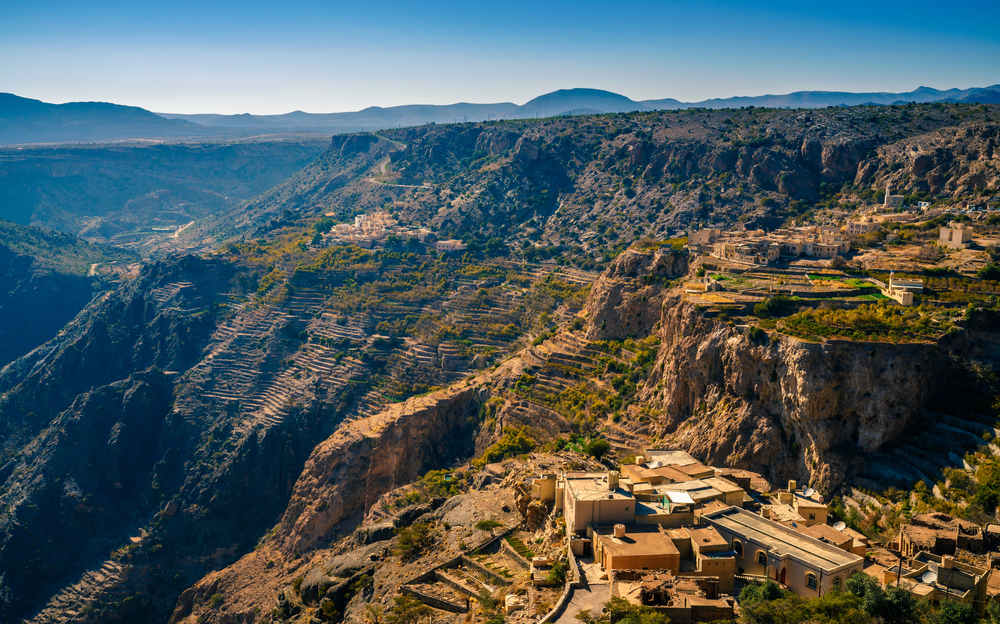
Drive up to Jebel Akhdar and you’ll find villages perched on terraces like they’re posing for a watercolor painting—except nobody’s posing. These farmers tend the same pomegranate trees their great-grandfathers planted. Ancient irrigation channels called aflaj still direct water through the gardens with an engineering elegance that makes modern systems look overwrought. The old men sitting in the shade aren’t there for ambiance; they’re discussing this year’s rose harvest, same as every April for the past seventy years.
Beaches without the Instagram crowds
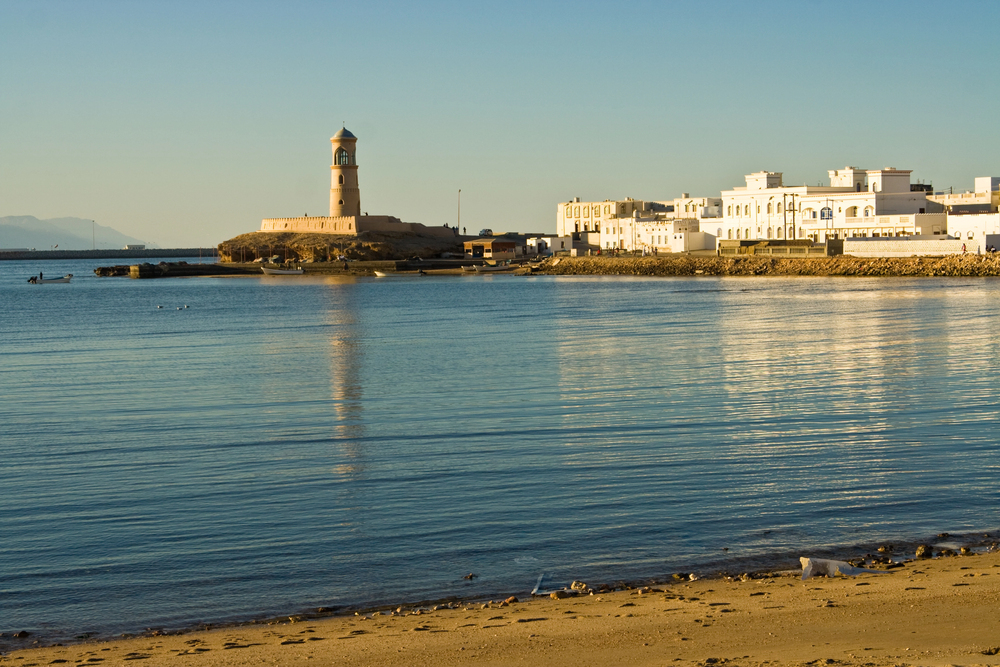
Oman has 3,165 kilometers of coastline. Most of it is empty.
Fins Beach makes you work for it—scrambling down a rocky path that’s just tricky enough to discourage anyone in designer beachwear. Your reward: water so clear you can count your toes at shoulder depth, and maybe three other people on the entire stretch of sand. No music. No vendors. Pack everything you need because there’s literally nothing to buy within miles.
Wadis that don’t charge admission
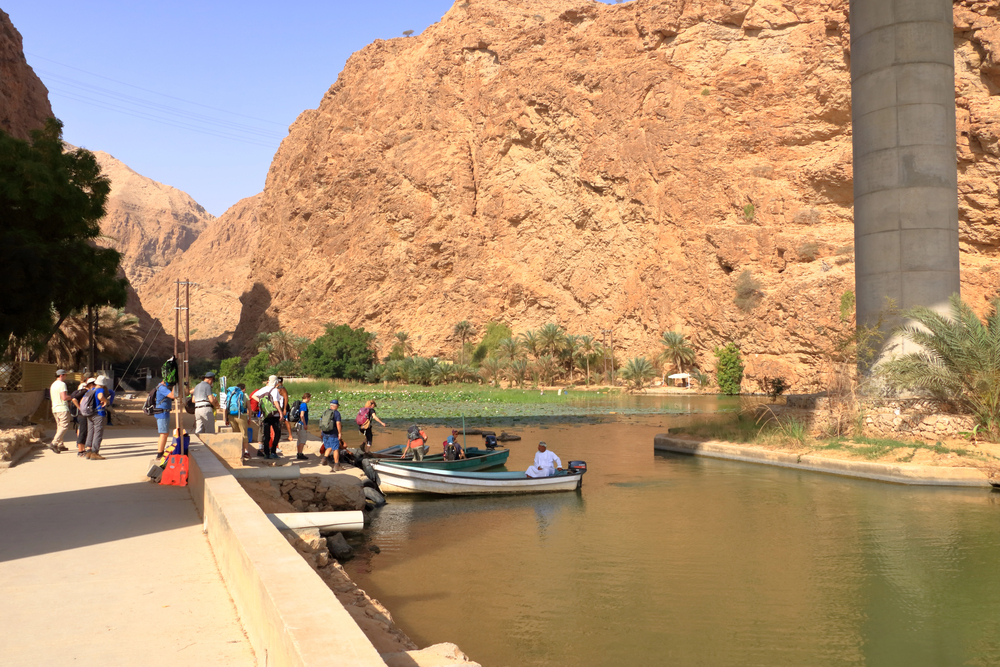
Nobody’s figured out how to monetize Wadi Shab yet, thank god. You still have to wade through knee-deep water at the entrance (hope you brought dry bags), then hike 45 minutes over boulders to reach the good swimming holes. The hidden waterfall cave at the end requires an actual swim through a keyhole opening. Zero safety equipment, zero supervision, maximum adventure—the kind of place that would give insurance companies nightmares but makes travelers remember why they started traveling.
Desert camps run by actual Bedouins
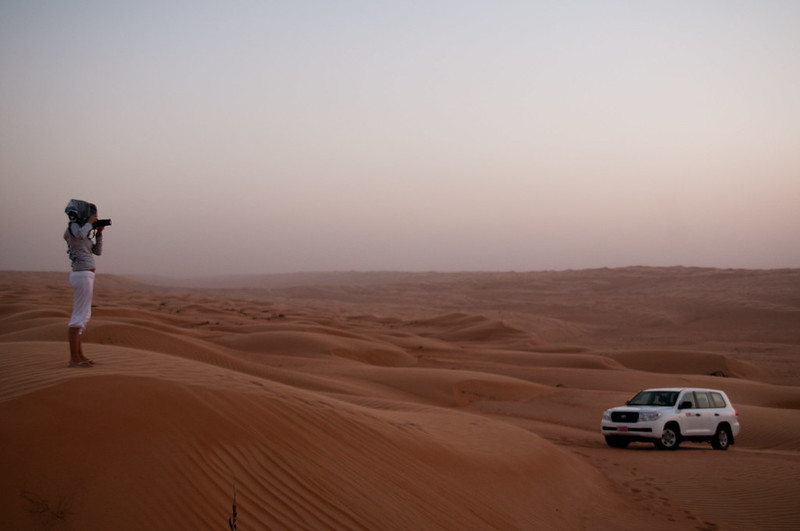
The families running camps in Wahiba Sands aren’t hospitality school graduates playing dress-up. They know which dune will shift by morning, where to find the rare desert fox, and how to bake bread in sand that reaches the perfect temperature two hours after sunset. The bathroom facilities are basic. The mattresses are thin. Still, when they point out Scorpius rising over the dunes while serving coffee brewed over acacia coals, luxury hotels suddenly seem like expensive ways to avoid experiencing anything real.
Hospitality without the transaction
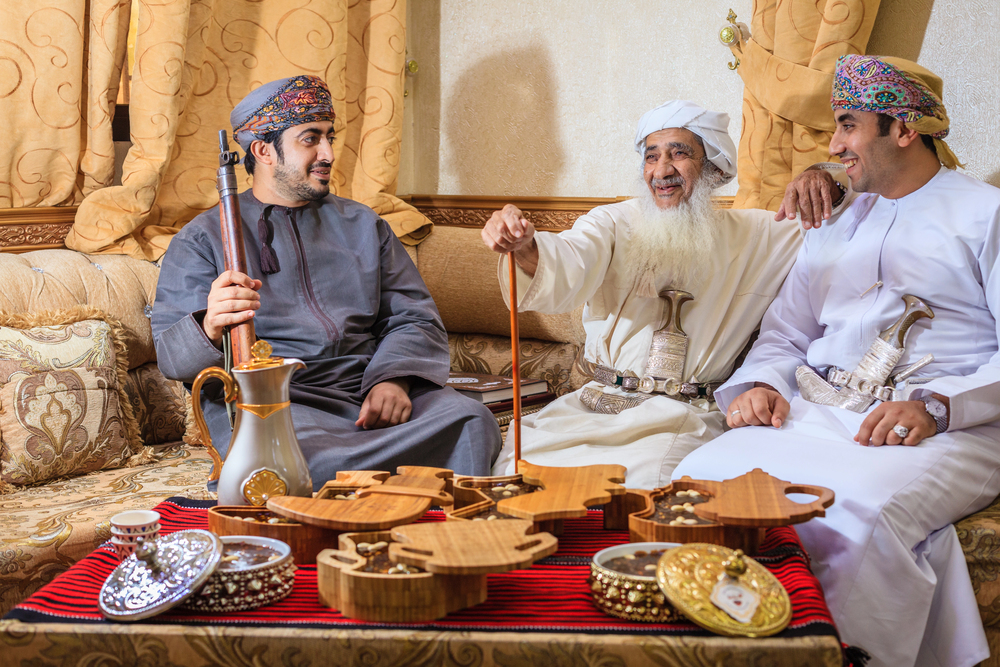
— Photo by alexeys
An Omani family might invite you for coffee and dates without wanting anything in return—not your money, not your email for their newsletter, not even your Instagram handle. This throws visitors off. We’re so used to every interaction having a price tag. But desert culture evolved around the principle that refusing hospitality could kill someone, and that DNA runs deep. Even so, the coffee’s strong enough to make your eyes water if you’re not ready for it.
Forts that haven’t been Disney-fied
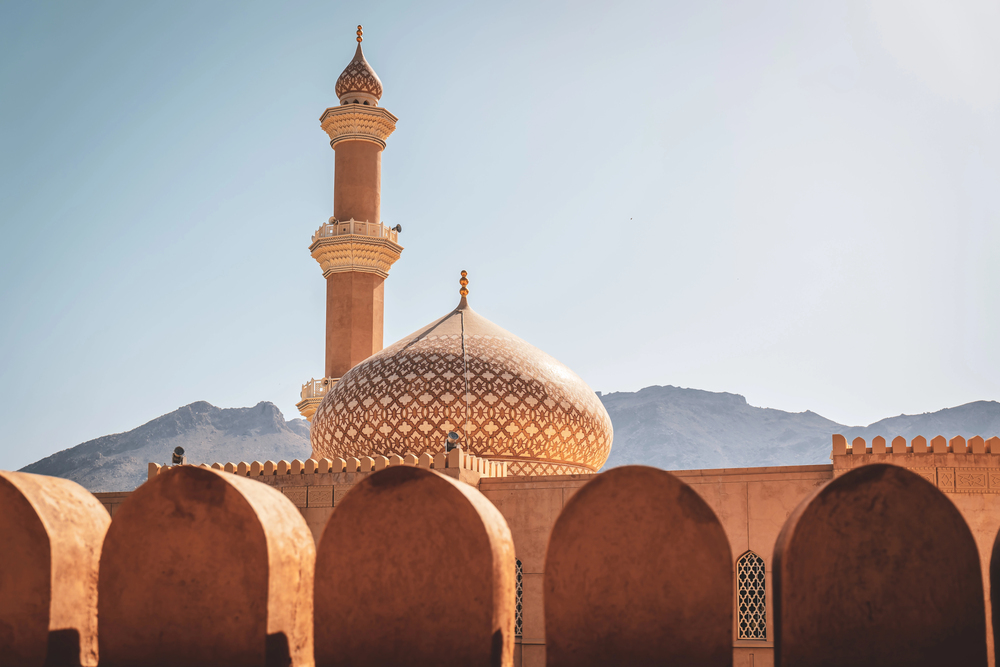
Nizwa Fort’s circular tower measures 30 meters across and was explicitly designed to withstand cannon fire, which it did, repeatedly. Those holes above the entrance? They poured boiling date honey on the invaders through those. The stairs are steep, narrow, and deliberately confusing to slow down attackers.
Walking through, you’ll notice:
• No air conditioning anywhere
• Stairs worn smooth by actual defensive retreats
• That peculiar smell of ancient stone and bat colonies
• Views unchanged since the 1650s
It’s history you can touch, not history behind velvet ropes.
Diving sites marine biologists whisper about

The Daymaniyat Islands remain relatively unknown because Oman doesn’t market them aggressively. Whale sharks cruise through from June to September. Green turtles nest on the beaches. The coral somehow survived bleaching events that devastated other regions. Visibility hits 30 meters on calm days, which is most days between October and May. The dive boats are functional rather than fancy—coolers instead of fridges, ladders instead of platforms—but when a manta ray glides past at 20 meters, nobody cares about the amenities.
Roads that demand your attention
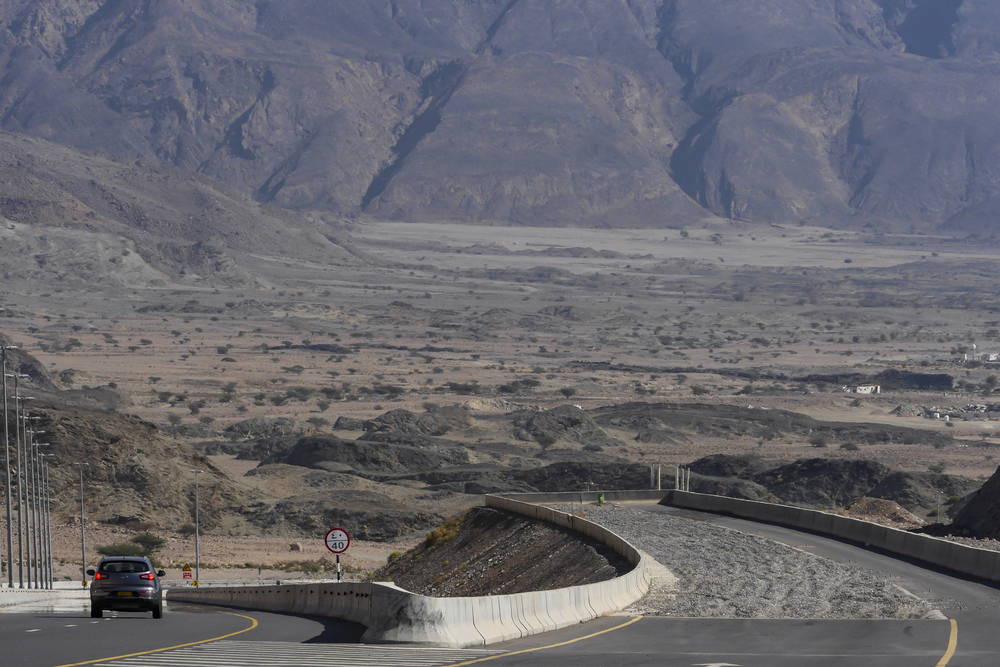
The drive to Jebel Shams will make you religious, regardless of your starting position on faith. Hairpin turns with no guardrails. Drops that make your passenger go quiet. Goats that appear from nowhere and stare at your car like you’re the intruder (which, fair enough, you are). Takes three hours from Muscat if you don’t stop. You’ll stop. The views demand it, and your nerves need the break anyway.
Food that grandmother would recognize

Shuwa takes 24 hours to prepare properly—lamb marinated in a spice mix that each family guards like state secrets, wrapped in banana leaves, dropped into an underground sand oven, and left to transform into something that falls apart when you look at it too hard. No foam. No reduction. No “deconstructed” anything. Just meat and spices and time doing what they’ve always done together. The fish curry uses the same tamarind and turmeric combinations that Omani sailors brought back from India centuries ago.
Prices that don’t insult intelligence

Decent hotel room: 30 rials. Good meal: 3 rials. Entry to major forts: 0.5 rials. Sunset from any mountaintop: free.
Your money goes far enough that you stop doing constant mental exchange rate calculations and just enjoy things. Even the fancy restaurants in Muscat cost less than room service in Dubai. So you can actually afford to try that lobster without checking your bank balance first.
Sultan Qaboos Grand Mosque allows contemplation
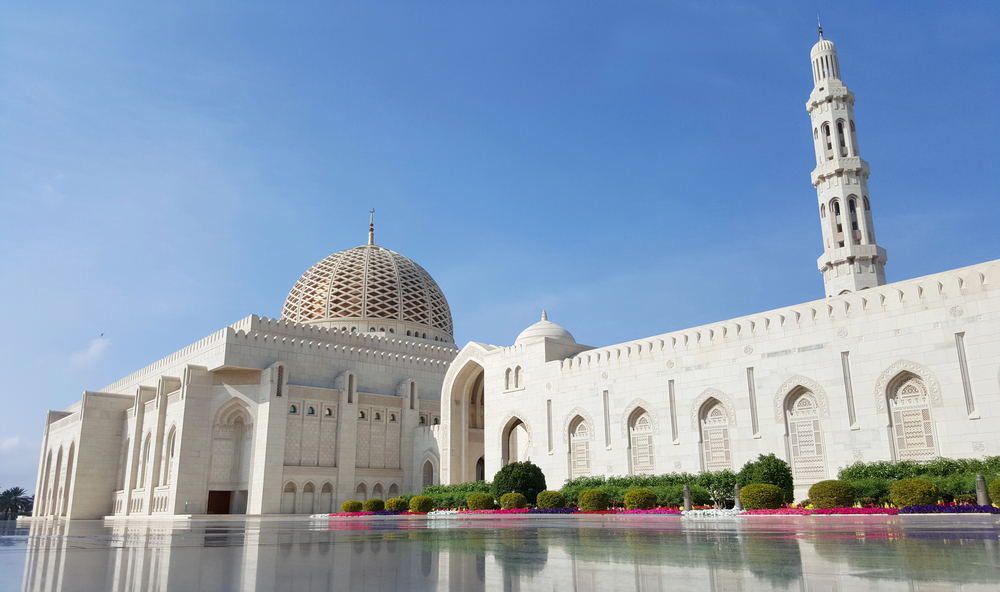
They let non-Muslims visit, but this isn’t performance worship for tourists. The prayer carpet—all 4,343 square meters woven as a single piece—took 600 women four years to complete. The main chandelier weighs eight tons and contains 600,000 Swarovski crystals, which sounds excessive until you stand beneath it and understand that some things deserve excess. Between prayer times, the silence is so complete you become aware of your own breathing. It makes you whisper even when nobody’s asked you to.
Weather that won’t melt your phone
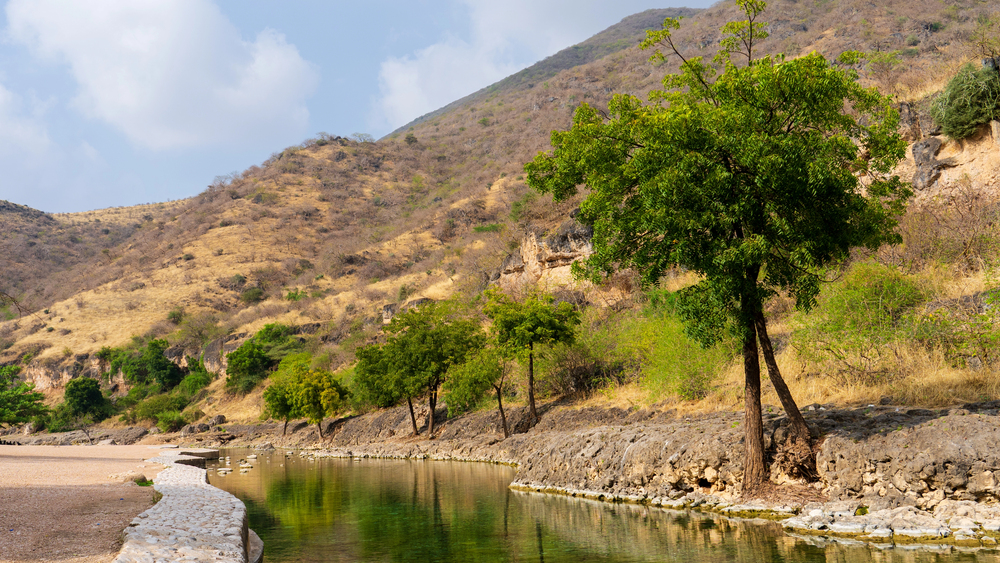
Dubai’s summer heat literally breaks phone screens. Fact.
Oman gets hot too, but the mountains offer escape, and the coast catches breezes that Dubai’s towers block. Salalah’s khareef season from June to September brings actual rain and mist that turns the desert Irish green—a phenomenon so weird that other Gulf residents fly down just to see grass without sprinklers.
Slower tourism development preserved character
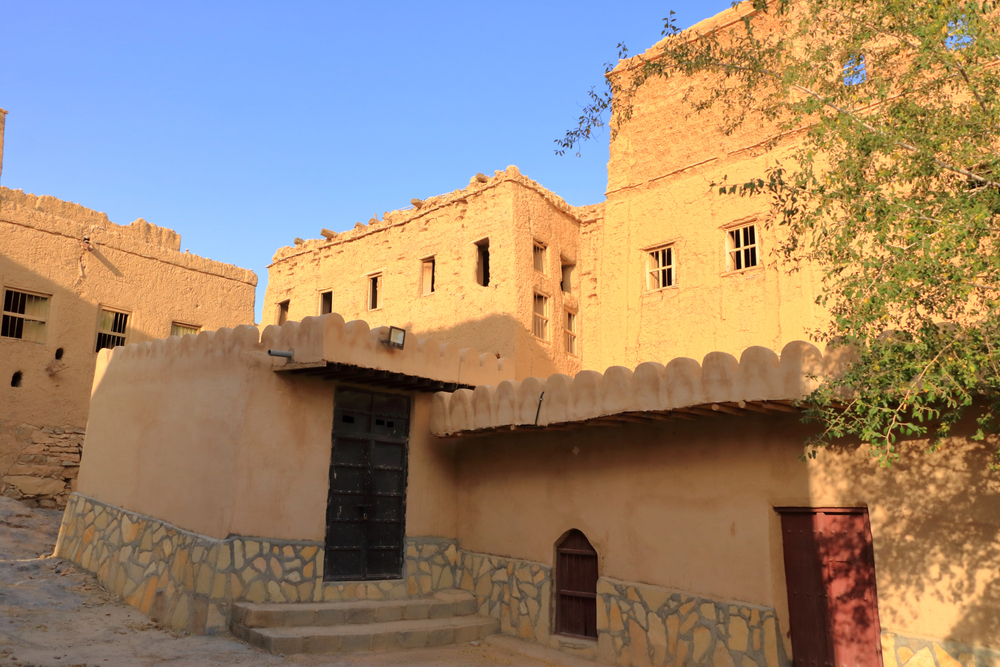
Oman said no to a lot of projects that would have made quick money. No palm-shaped islands. No underwater hotels. No seven-star anything. The development that did happen followed rules about height limits and traditional architectural elements. Sure, this means fewer infinity pools and helipads, but it also means you can still see the mountains from the city and the stars from the beaches.
Sunset from any mountainside beats any rooftop bar
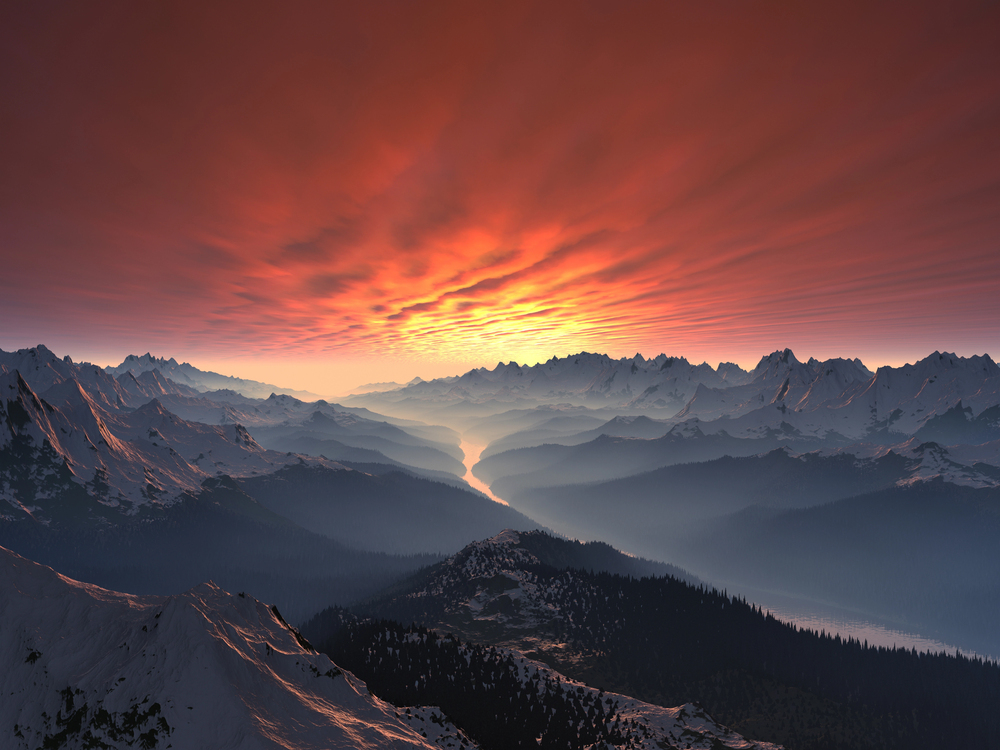
Find any elevated spot outside Muscat—parking areas along mountain roads work perfectly. Bring whatever you’re drinking from the grocery store. Watch the sun set fire to canyon walls while the temperature drops from unbearable to perfect in thirty minutes. No DJ. No minimum spend. There is no need to look good for anyone else’s photos. Just you and the same copper light that’s been painting these rocks since before humans figured out how to build cities in deserts where cities probably shouldn’t exist.
The weight of genuine experience
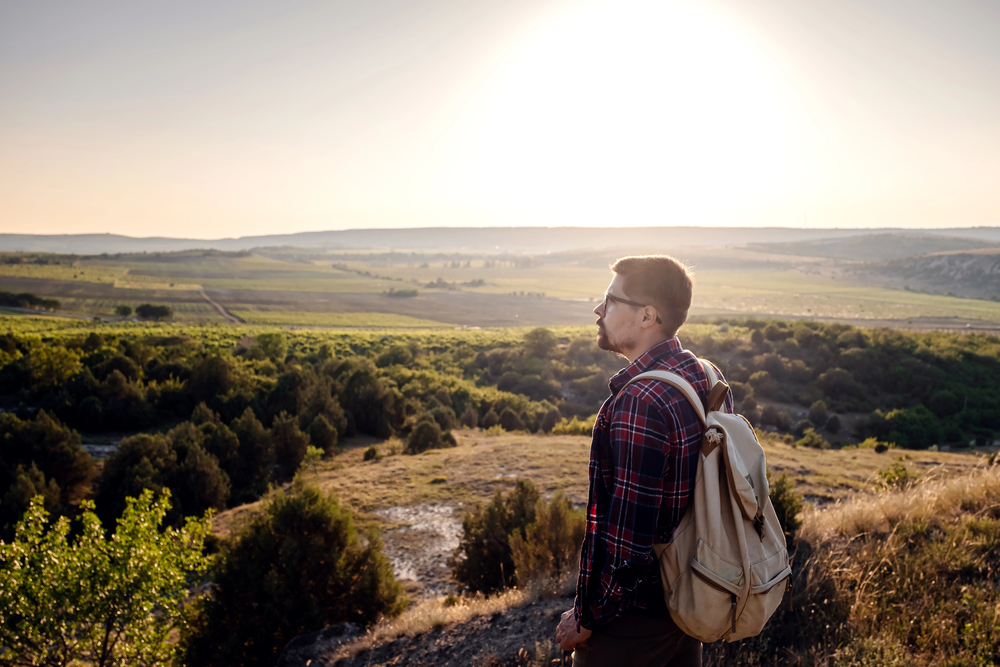
Choosing Oman over Dubai isn’t about choosing authenticity over artifice—that’s too simple and not entirely fair to either place. It’s about recognizing that some experiences can’t be optimized, expedited, or purchased in premium packages. While Dubai builds tomorrow at breakneck speed, Oman moves at the pace of its tides and seasons, carrying Arabia’s actual history forward without rushing to replace it with something shinier. For travelers tired of destinations that feel like elaborate stage sets, Oman offers something increasingly rare: a place that exists primarily for the people who live there, with visitors welcome to experience it as it actually is.
More from Travel Pug

- 20 Best Beach Towns in the Carolinas
- 13 Destinations Where Tourists Regularly Regret Their Trip
- 20 Things You Actually Get in First Class
- 20 Small Airports With Aviation Museums
- 20 Places in the U.S. That Are Perfect for a Reset Trip
Like Travel Pug’s content? Follow us on MSN.
